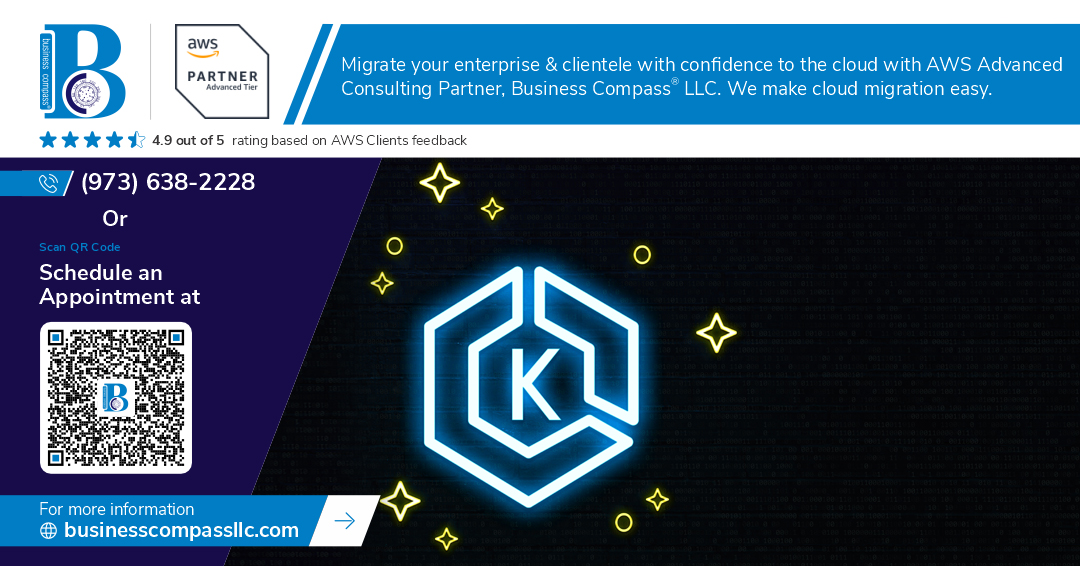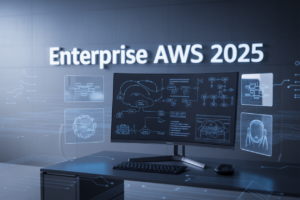Looking to optimize your Kubernetes environment on AWS? This guide helps DevOps engineers and cloud architects build custom EKS-optimized Amazon Linux 2023 AMIs for better performance and security. We’ll walk through the fundamentals of EKS optimization, show you step-by-step how to build your own AL2023 AMI, and explore advanced techniques to fine-tune your Kubernetes infrastructure. By the end, you’ll know exactly how to create, test, and deploy custom AMIs that meet your specific workload requirements.
Understanding Amazon Linux 2023 for Kubernetes
Key benefits of AL2023 for container workloads
Amazon Linux 2023 packs a serious punch for Kubernetes users. The slimmer footprint means faster container startup times, while improved kernel parameters optimize resource utilization. Plus, built-in container tools and enhanced cgroup management make deploying complex workloads a breeze. Security’s baked right in too.
EKS-Optimization Fundamentals
What makes an AMI “EKS-optimized”
An EKS-optimized AMI isn’t just any Amazon Linux image. It’s preconfigured with the container runtime, kubelet, and AWS IAM authenticator that Kubernetes needs. These AMIs undergo rigorous testing to ensure they play nice with EKS clusters right out of the box, saving you from dependency hell and compatibility nightmares.
Building Your Custom EKS-Optimized AL2023 AMI
Setting up the build environment
Ever tried building an EKS-optimized AMI from scratch? It’s no walk in the park. You’ll need an EC2 instance running AL2023, the AWS CLI configured with proper permissions, and Packer installed. Don’t forget Git for version control—you’ll thank me later when tweaking those configurations.
Advanced Optimization Techniques
A. Kernel parameter tuning for container density
Squeezing more pods onto your EKS nodes isn’t just about saving money—it’s an art form. Bump up your fs.inotify.max_user_watches and fs.inotify.max_user_instances to handle the file system events from dozens of containers. Tweak vm.max_map_count for database workloads, and don’t forget to adjust your network buffers for heavy traffic patterns.
Testing and Validating Your EKS-Optimized AMI
A. Essential validation test cases
Don’t skip testing your EKS-optimized AMI. Start with basic node joining tests, container runtime checks, and DNS resolution. Run core Kubernetes workloads (Deployments, StatefulSets) to verify they launch properly. Test with common add-ons to catch compatibility issues before production deployment.
B. Performance benchmarking methods
Benchmark your AMI against standard metrics that matter for Kubernetes: pod startup time, network throughput between pods, and storage I/O for persistent volumes. Compare results with official EKS AMIs using tools like sysbench, iperf, and k6. Document your baseline for future reference.
C. Security compliance verification
Scan your AMI with tools like Trivy, Clair, or Amazon Inspector to catch vulnerabilities. Verify proper implementation of security controls including container isolation, network policies, and IAM permissions. Check CIS benchmark compliance for Kubernetes and Amazon Linux 2023 to meet industry standards.
D. Compatibility testing with EKS versions
Test your AMI with multiple EKS versions, especially the ones you plan to support. Verify kubelet version compatibility, CNI plugin functionality, and container runtime integration. Create a compatibility matrix documenting which EKS versions work with your AMI and any version-specific configurations required.
Deploying and Managing Custom AMIs at Scale
Deploying and Managing Custom AMIs at Scale
A. Integration with infrastructure-as-code workflows
Ever tried managing dozens of AMIs manually? Nightmare city. Integrating your custom EKS-optimized AL2023 AMIs with Terraform or CloudFormation isn’t just smart—it’s survival. Define AMI configurations as code, version them in Git, and trigger builds through CI/CD pipelines. Your future self will thank you when scaling across multiple clusters becomes a single command away.
Building your own EKS-optimized Amazon Linux 2023 AMIs empowers organizations to take full control of their Kubernetes infrastructure. By following the fundamentals of EKS optimization, constructing custom AMIs tailored to your specific workload requirements, and implementing advanced optimization techniques, you can achieve better performance, enhanced security, and cost efficiency for your Kubernetes deployments.
Remember that proper testing and validation are critical to ensure your custom AMIs work as expected before production deployment. When you’re ready to scale, implementing robust deployment pipelines and management practices will help maintain consistency across your infrastructure. By investing time in customizing your AL2023 AMIs for Kubernetes workloads, you’ll build a more resilient and efficient foundation for your containerized applications.




















